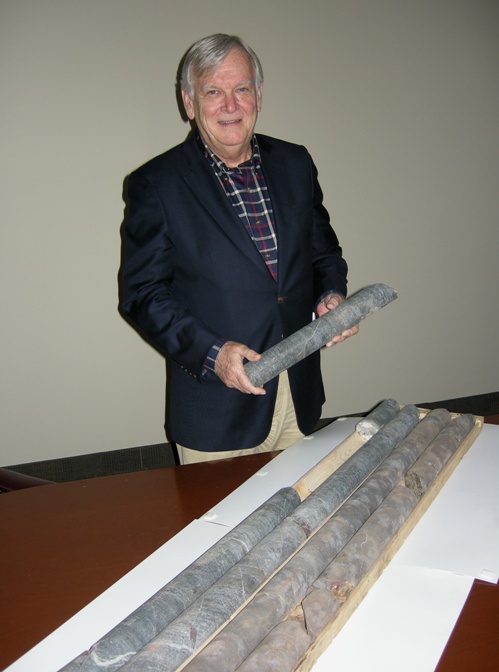
http://www.thesudburystar.com/
This column was published in the February 2 and 4 editions of the Sudbury Star:
http://www.thesudburystar.com/2013/02/02/ring-of-fire-rail-or-road
http://www.thesudburystar.com/2013/02/04/cos-spar-over-ore-transport
stan.sudol@republicofmining.com
Without a doubt, the number one technical issue that will make or break the Ring of Fire’s enormous economic potential – currently estimated at $60 billion (MNDM) for world-class chromite deposits along side nickel, copper and PGMs – is transportation infrastructure.
Located in the isolated James Bay swampy lowlands of northern Ontario, the closest infrastructure to the Ring of Fire is 330 kms south in the tiny community of Nakina where the Canadian National railroad and the end of Highway 584 intersect.
Since Cliffs announced their decision to move their $3.2 billion chromite project into the feasibility phase, last May, and the Ontario Government’s decision to “support in principle” the North-South infrastructure corridor, junior explorer KWG Resources has been largely ignored. This might be a mistake as KWG CEO Frank Smeenk, through the company’s Canada Chrome subsidiary, controls the key strategic transportation route into the region as well as 30% of the Big Daddy chromite deposit.
























